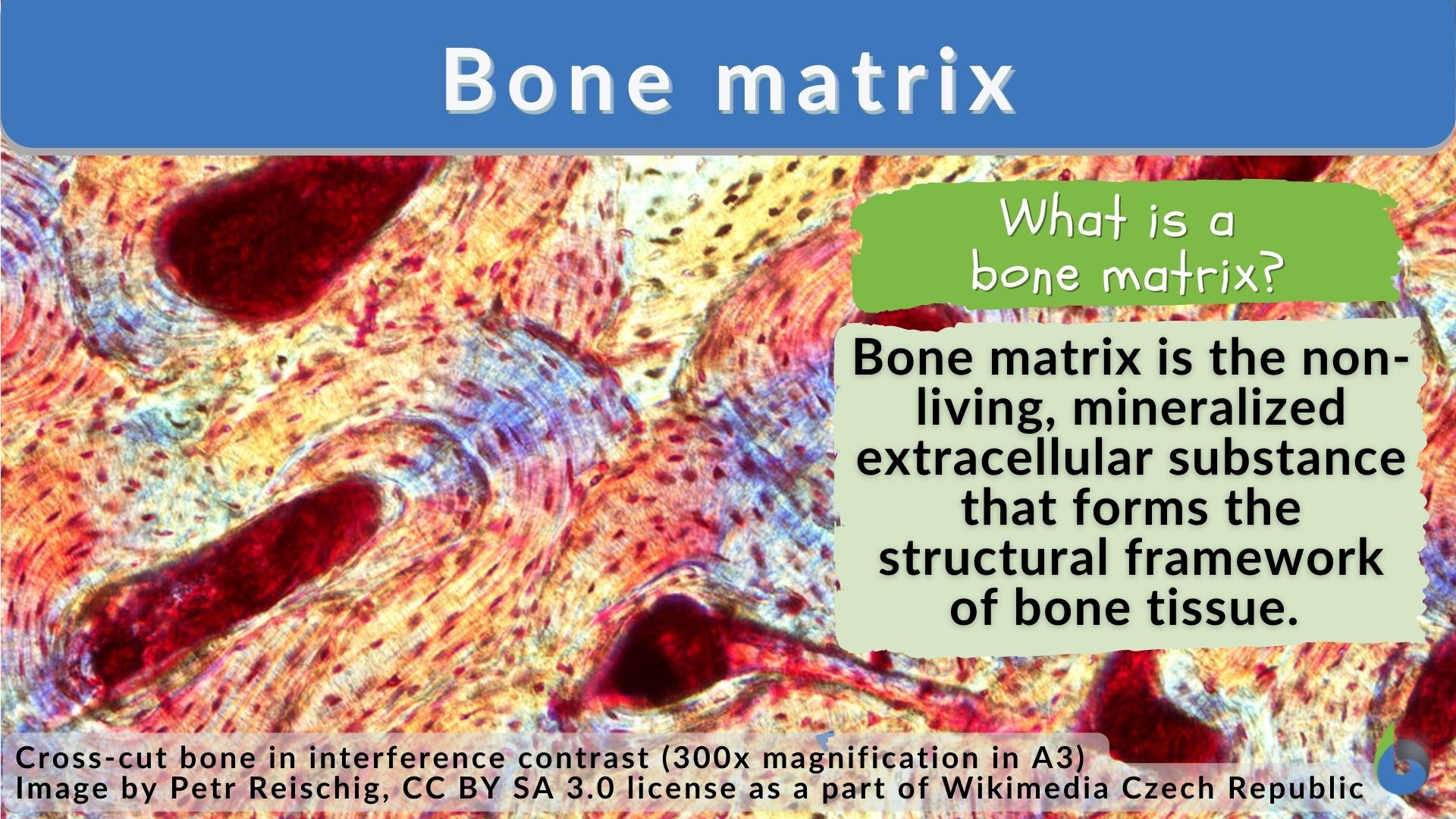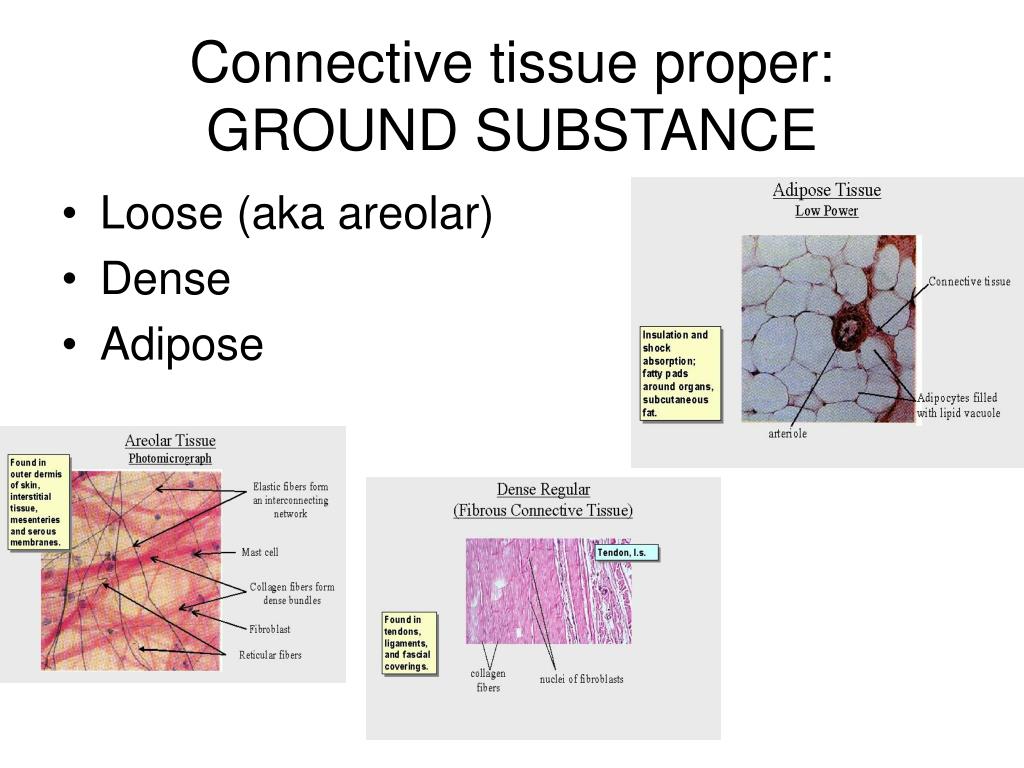List The Substances Normally Stored In Bone Tissue
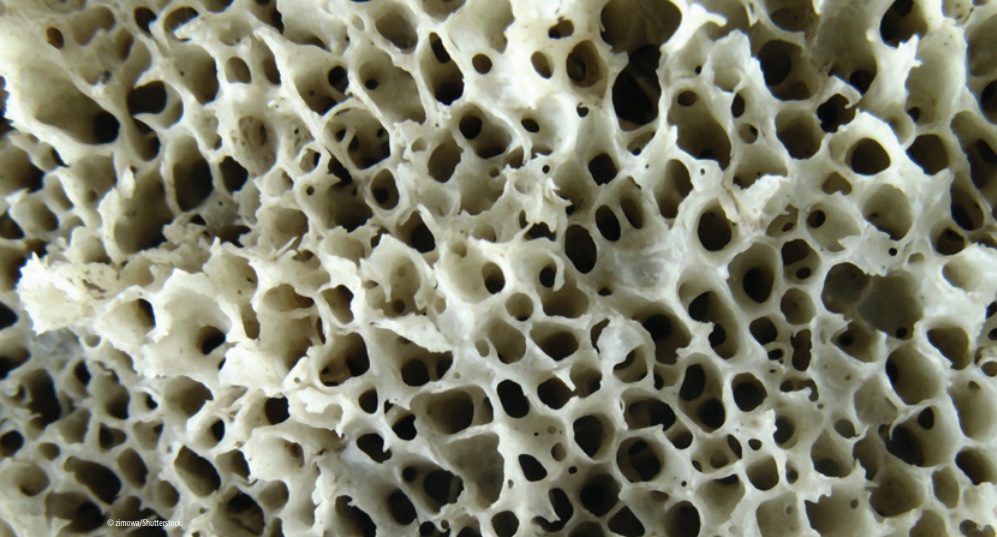
Urgent health alert: Bone tissue, seemingly inert, acts as a critical storage depot for a range of vital substances. Understanding these components is crucial for diagnosing and treating bone-related diseases.
This article provides a concise overview of the key substances normally stored within bone tissue. It highlights the essential minerals, proteins, and other compounds contributing to bone health and overall physiological function.
The Mineral Matrix: Calcium and Phosphate
The primary minerals stored in bone are calcium and phosphate. They form hydroxyapatite, a crystalline mineral that provides rigidity and strength to the skeletal structure.
These minerals are not static. They undergo continuous remodeling, with calcium and phosphate being deposited and resorbed as needed to maintain blood calcium levels and support other bodily functions.
Calcium's Crucial Role
Calcium is essential for nerve function, muscle contraction, and blood clotting. Bone serves as a reservoir to maintain stable calcium levels in the blood, releasing or storing calcium as needed.
According to the National Institutes of Health (NIH), 99% of the body's calcium is stored in bones and teeth. Deficiencies can lead to conditions like osteoporosis.
Phosphate's Multifaceted Functions
Phosphate is crucial for energy production, DNA and RNA synthesis, and cell signaling. It works synergistically with calcium to maintain bone integrity.
Like calcium, phosphate is constantly exchanged between bone and blood. This dynamic equilibrium ensures a stable supply for various metabolic processes.
The Protein Framework: Collagen and More
Bone tissue isn't solely made of minerals. It also contains a significant amount of protein, primarily collagen.
Collagen provides flexibility and tensile strength to bone, preventing it from becoming brittle and prone to fractures.
Collagen Type I: The Bone's Mainstay
Collagen type I is the most abundant protein in bone. It forms a fibrous matrix that provides a framework for mineral deposition.
This collagen matrix is essential for bone's ability to withstand stress and strain. Defects in collagen synthesis can result in bone disorders like osteogenesis imperfecta.
Non-Collagenous Proteins: Osteocalcin and Others
In addition to collagen, bone contains various non-collagenous proteins. These proteins play important roles in bone formation, remodeling, and mineralization.
Osteocalcin, for example, binds calcium and helps regulate bone mineralization. Other non-collagenous proteins include osteopontin and bone sialoprotein.
Other Stored Substances: Growth Factors and Minerals
Bone tissue also serves as a reservoir for growth factors. These proteins stimulate bone cell activity and promote bone growth and repair.
Transforming growth factor-beta (TGF-β) and bone morphogenetic proteins (BMPs) are examples of growth factors stored in bone. They are released during bone remodeling to regulate bone cell function.
Trace Minerals: A Supporting Cast
While calcium and phosphate are the major minerals, bone also contains trace amounts of other minerals. These include magnesium, sodium, potassium, and fluoride.
These trace minerals contribute to bone strength and overall bone health. For instance, fluoride can increase bone density and reduce the risk of fractures.
The Role of Bone Marrow
Although technically separate from bone tissue itself, the bone marrow within bones is crucial. It's the site of hematopoiesis, the production of blood cells.
Bone marrow contains stem cells that differentiate into red blood cells, white blood cells, and platelets. It is also stores fat and other substances.
Bone marrow biopsies are frequently used to diagnose blood disorders and cancers that affect the bone marrow.
Implications for Bone Health and Disease
Understanding the substances stored in bone is essential for diagnosing and treating bone diseases. Conditions like osteoporosis, rickets, and osteomalacia are characterized by abnormal bone composition and mineralization.
For instance, osteoporosis is characterized by decreased bone density and increased risk of fractures. This is often due to calcium deficiency and impaired bone remodeling.
Further research is needed to fully elucidate the complex interplay of these substances within bone tissue. This will lead to more effective strategies for preventing and treating bone diseases. Regular monitoring of bone density and mineral levels is critical for maintaining skeletal health.
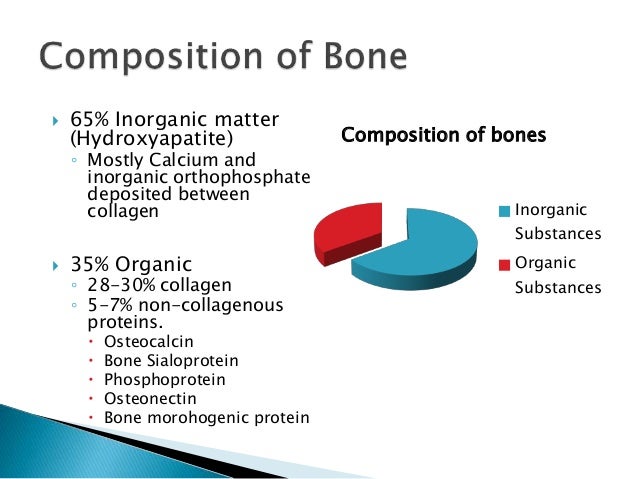



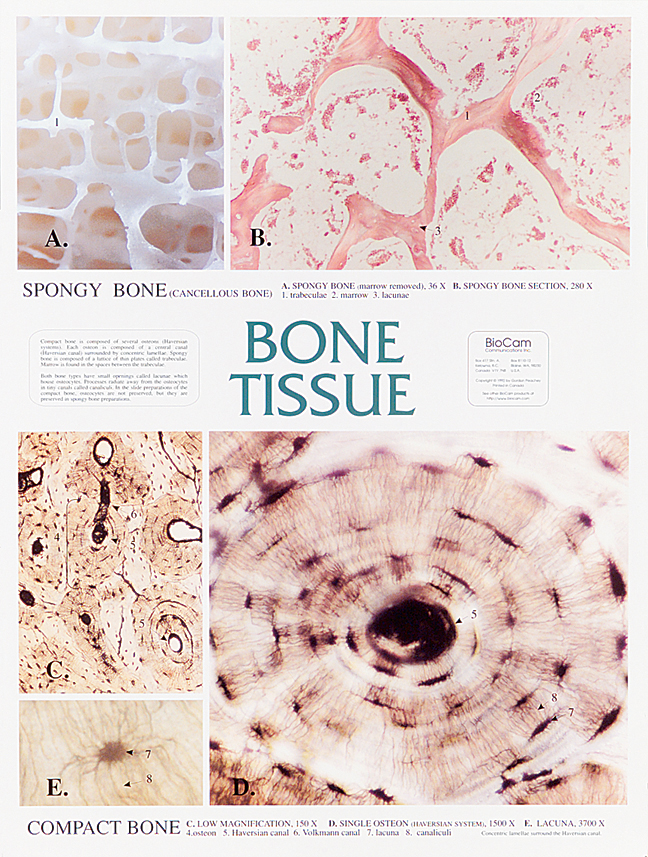
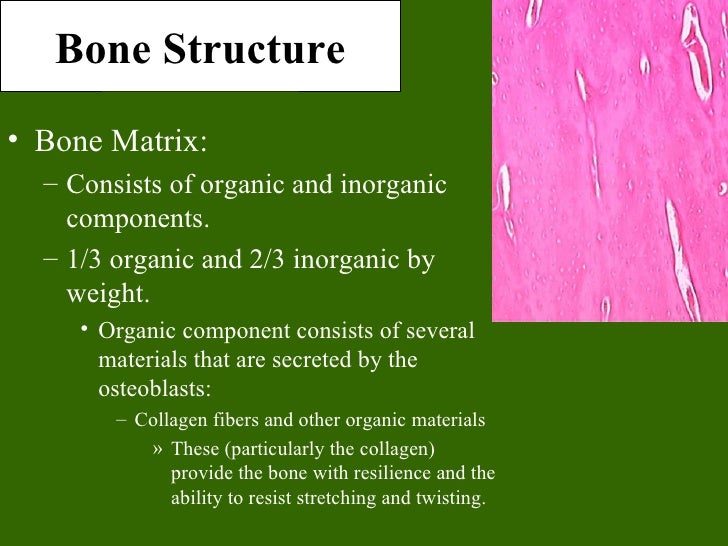
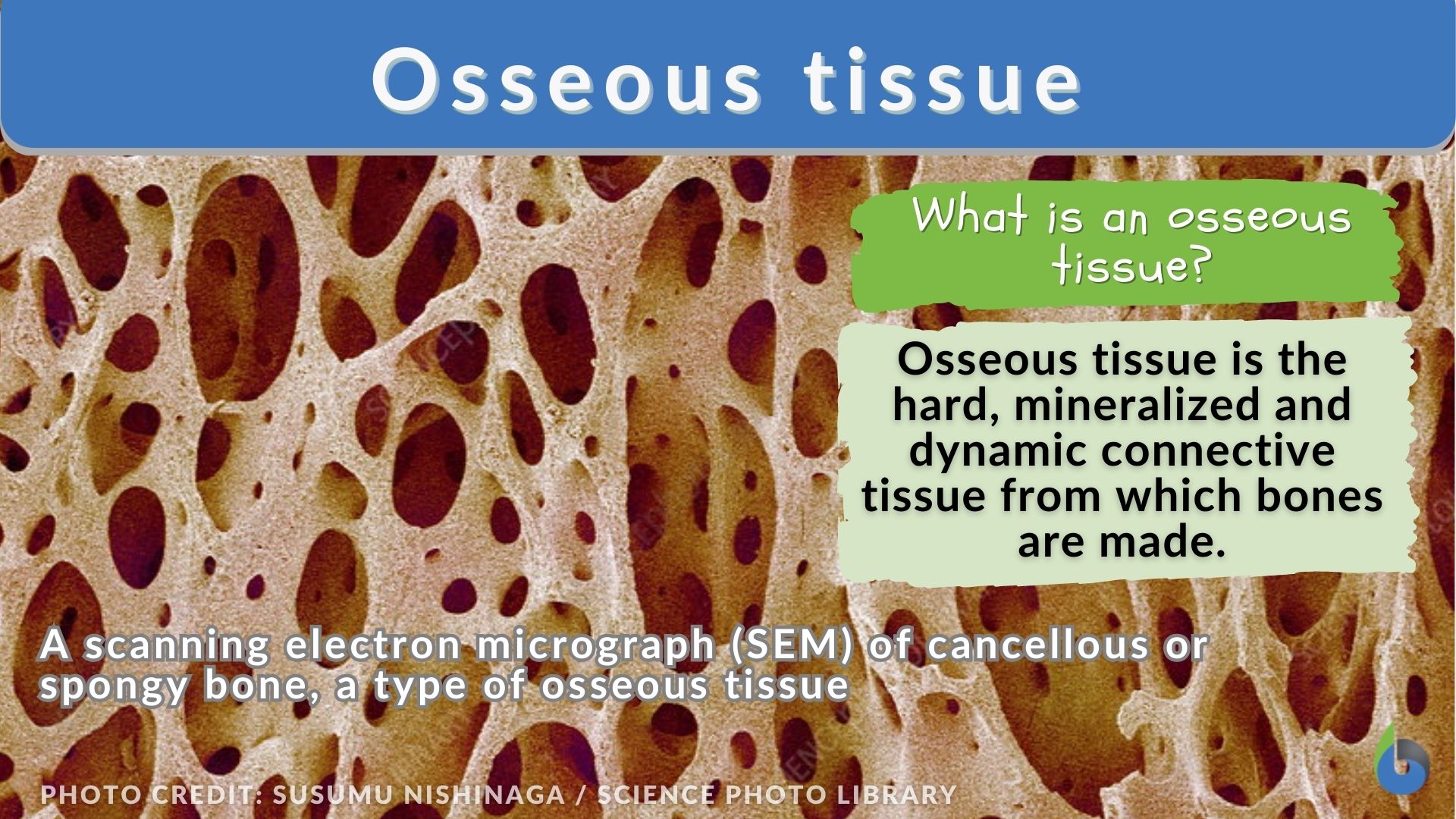


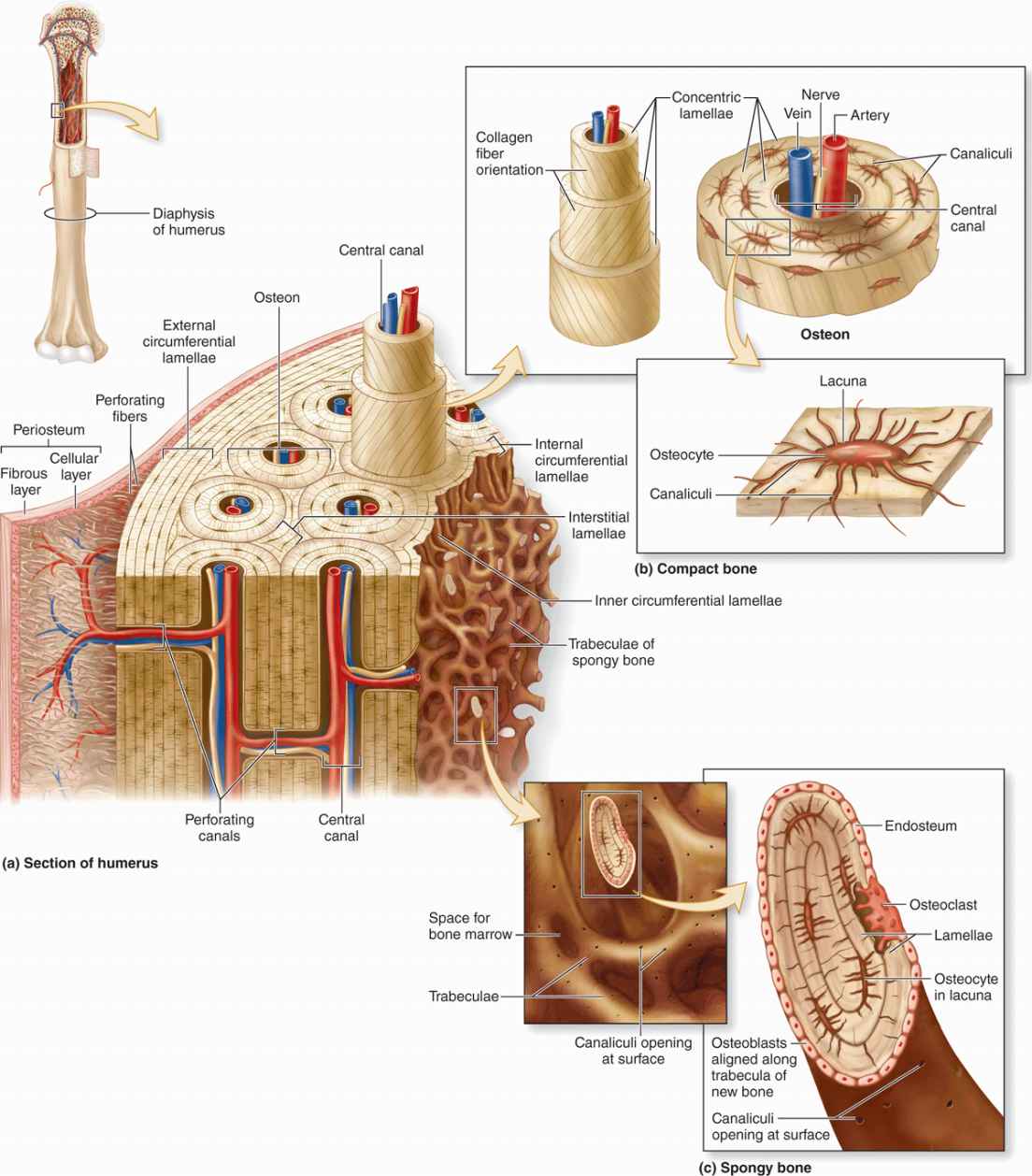

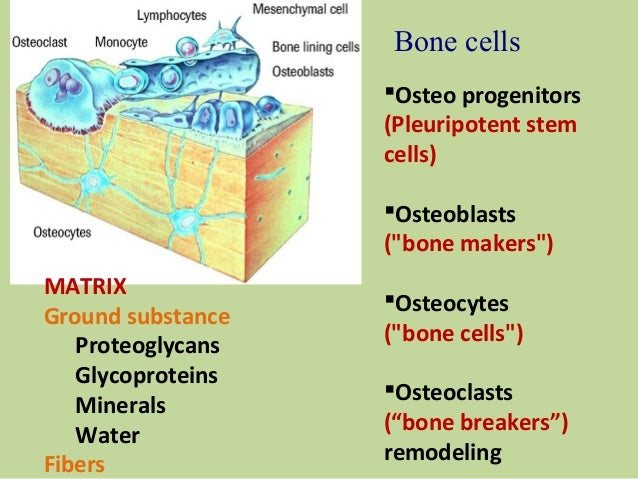
+Tissue.jpg)

